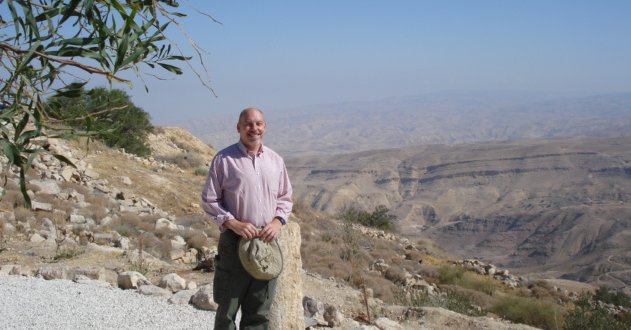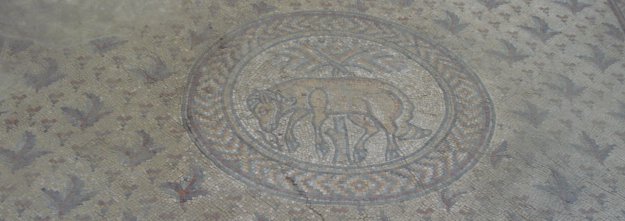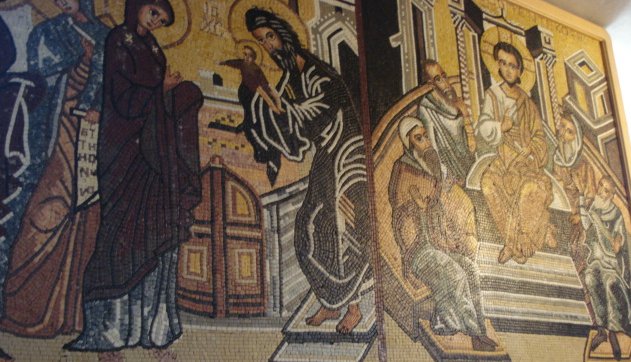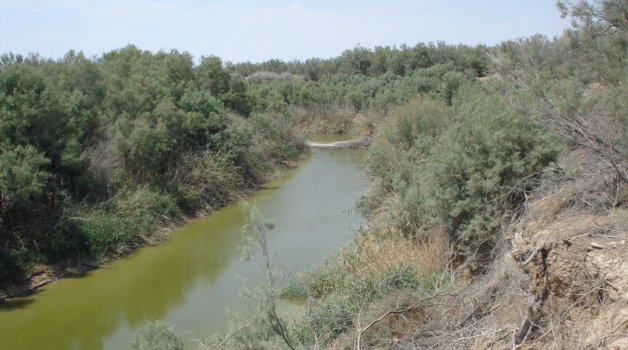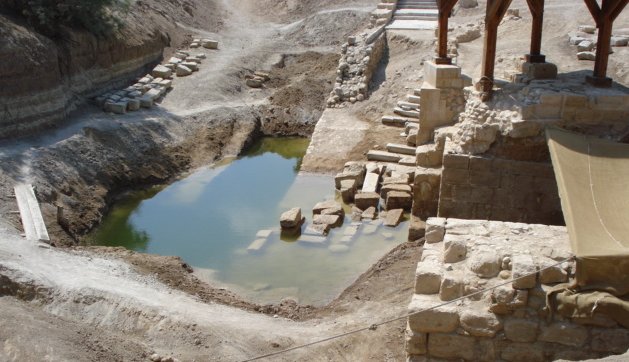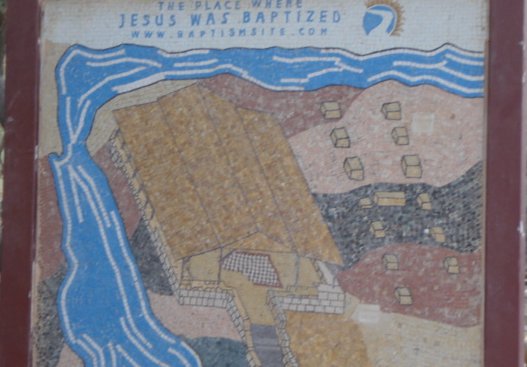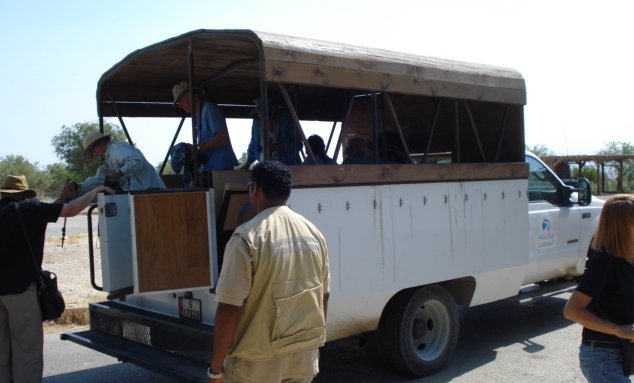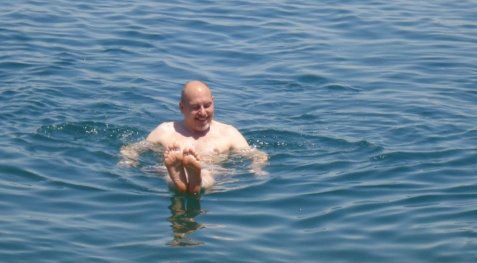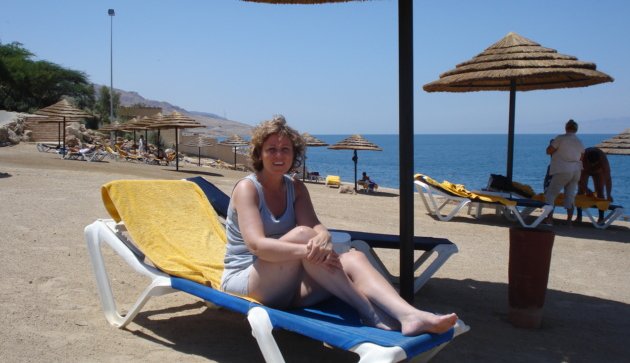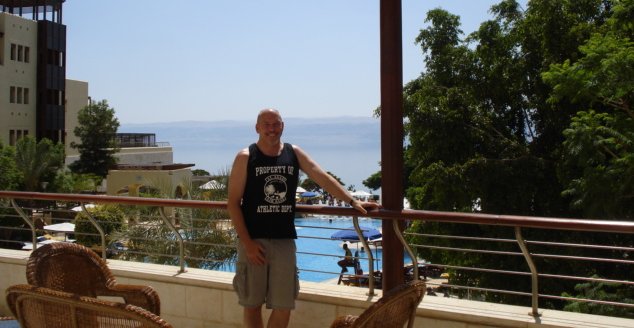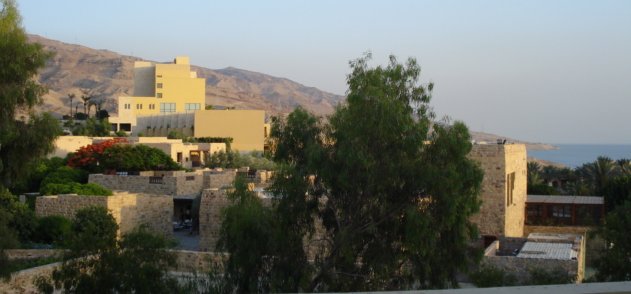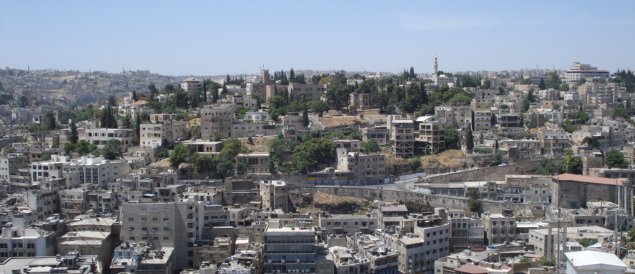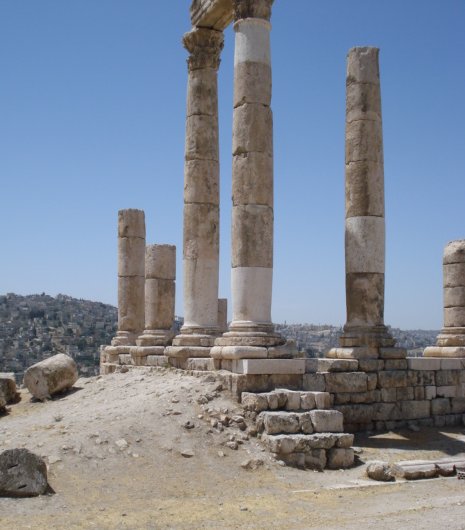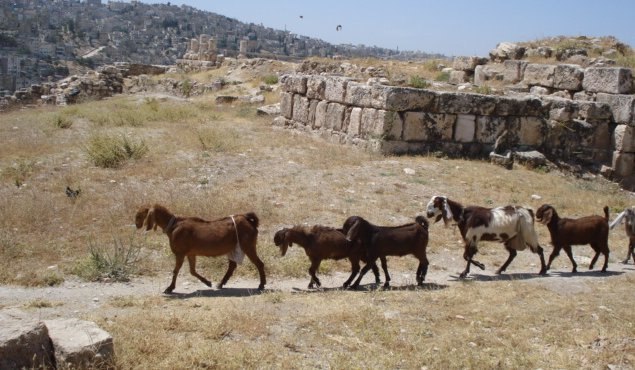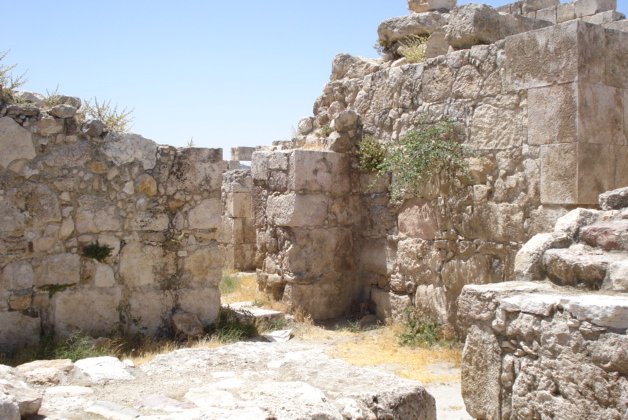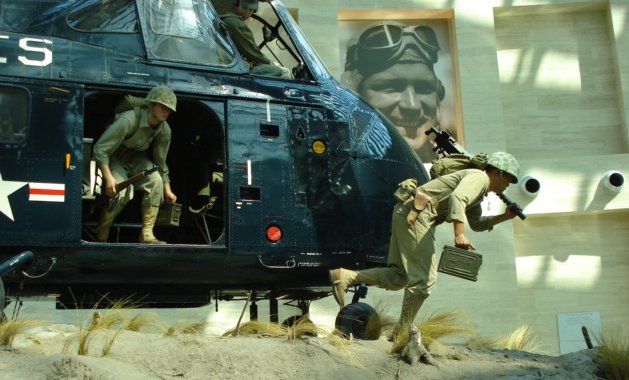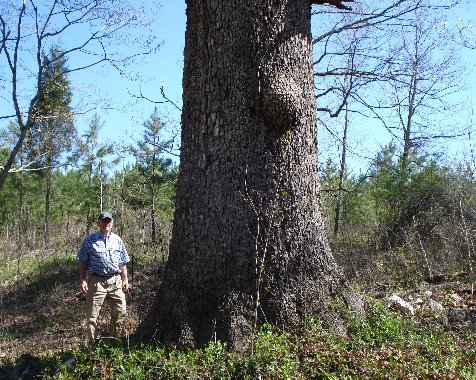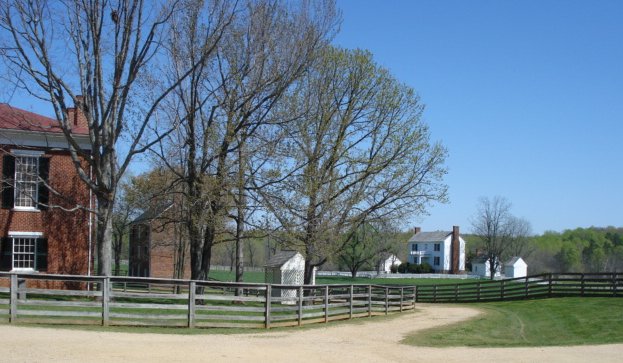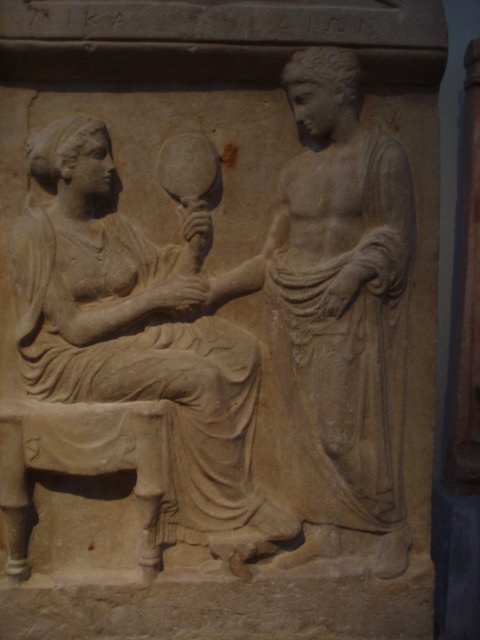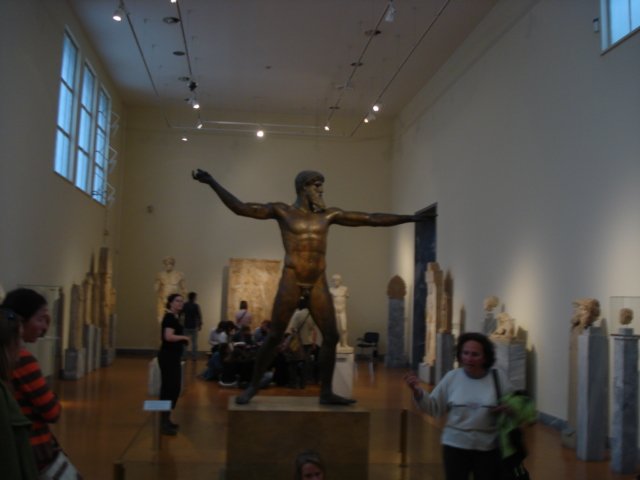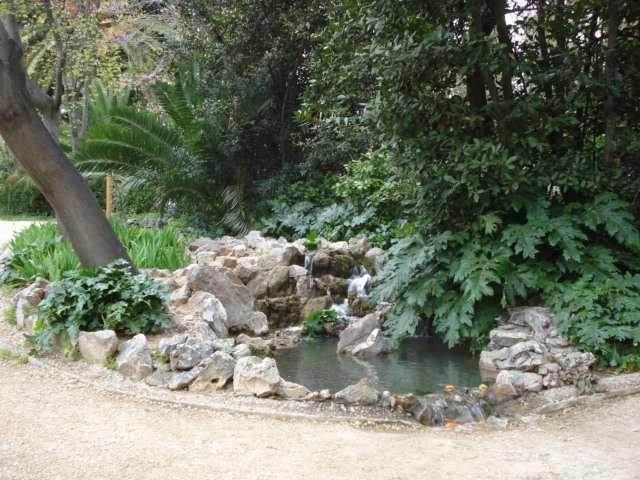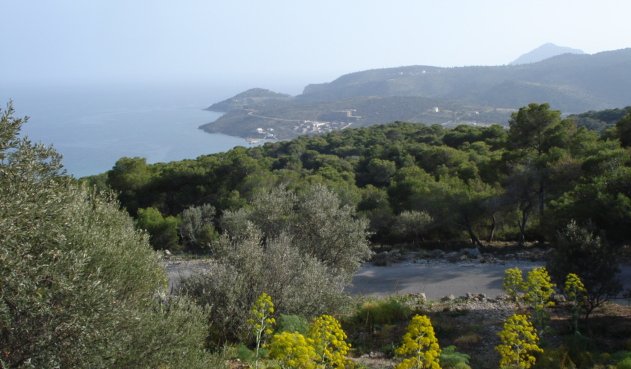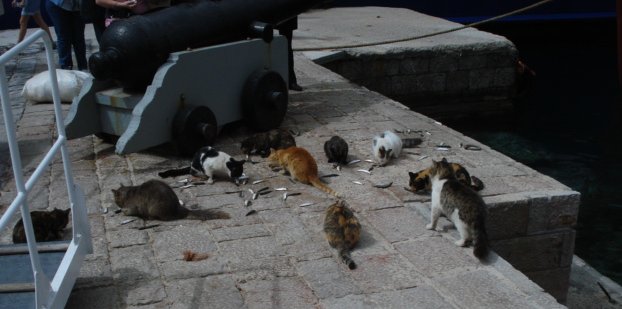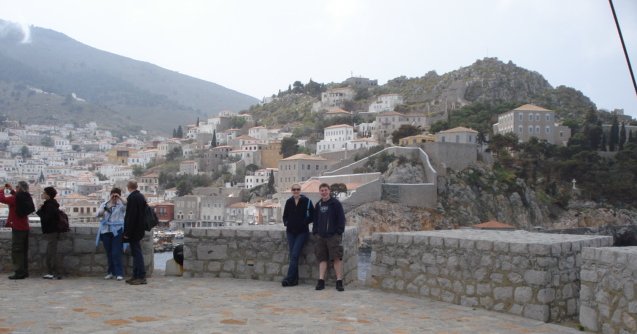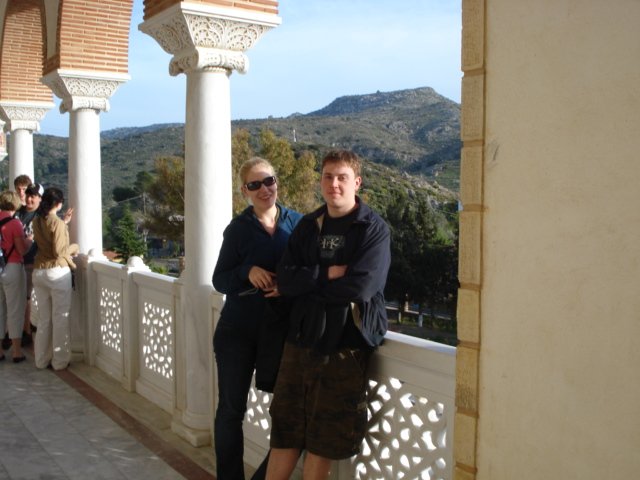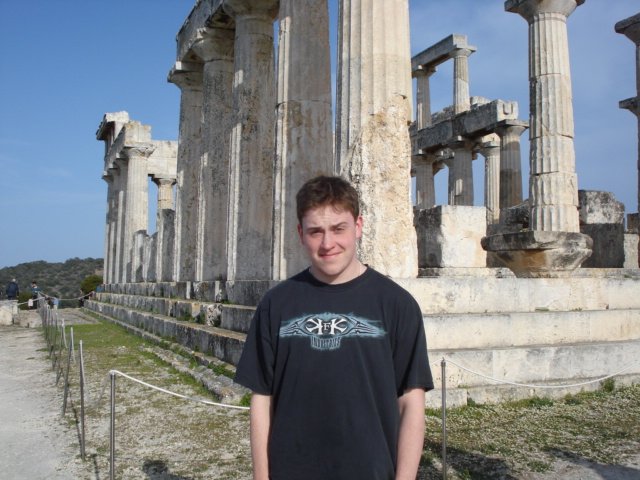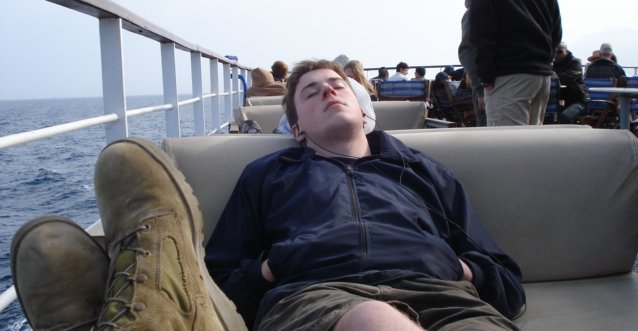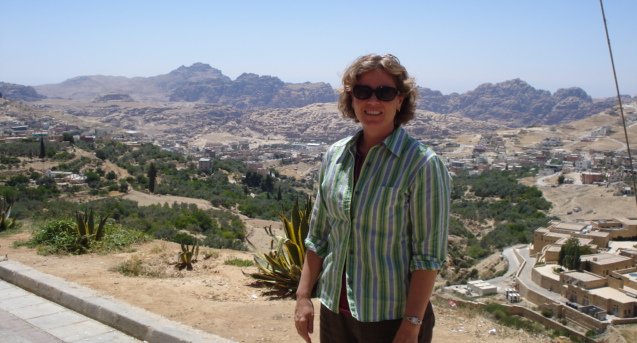
Above Chrissy at the Petra overlook.
We climbed from the Jordan Valley up the ancient city of Petra. It is hot in the valley, but it gets cool quickly as you gain altitude. The landscape is very rough and the road winds around and up and down. When donkeys and feet were the only means of transportation, this must have been a nearly impossible trek. But people obviously made it.
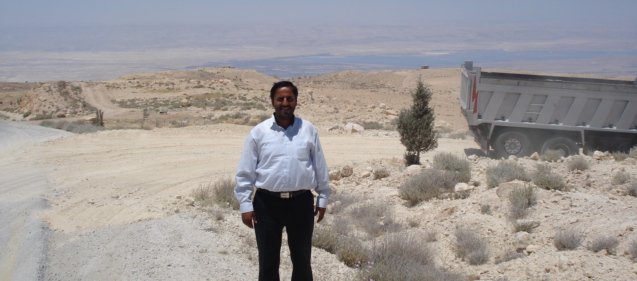
Above is our driver Sami. We met him in Amman. He came down to the Dead Sea to drive up to Petra.
Petra is one of the wonders of the world. It is a whole city built into the rock face. We will visit the actual site tomorrow and I will write more when I learn more.
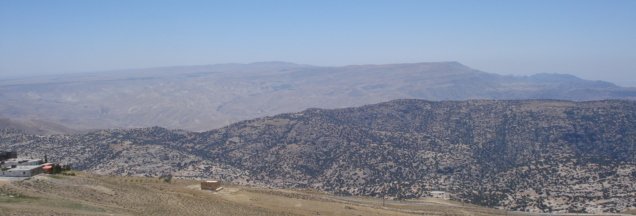
The panorama in this part of Jordan reminds us of north-central Arizona.
We are staying at the Marriott in Petra. Marriotts are familar and I like to have some stability when traveling. Chrissy and I walked into down from the hotel to the modern Petra city center, about three kilometers. The people were phenomenally friendly. A couple of kids on the street gave Chrissy a part of a plant and me a piece of candy. They wanted nothing in return. Everybody was asking where we were from and shouting welcome. Frankly, I don’t know why people are so outgoing.We went to a bakery and got five pieces of that great Arabic flat bread and half dozen cookies for one JD. We had some good kabobs at a local restaurant. It is a pleasant city, but very hilly and hard to walk around.
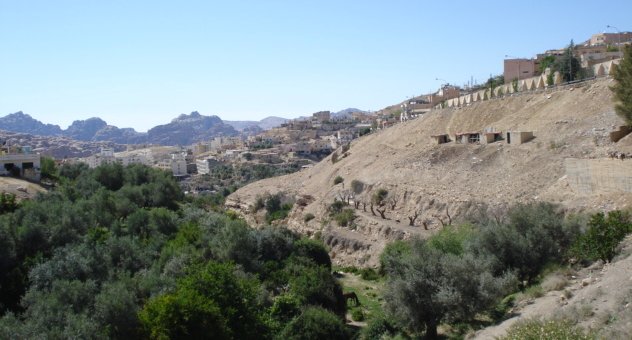
Above is the wadi that leads to the old Petra sites.
I have traveled all around Europe and recently in Iraq, Jordan, Egypt & Greece. I don’t notice that anti-Americanism we always hear about. I am fairly obviously American and I am always very clear whenever anybody asks me. I have always felt welcomed. People approach me, ask questions, tell me about their trips to the U.S. or their friends and relatives there.
Below is me at the Petra overlook. Same spot as Chrissy’s picture above.
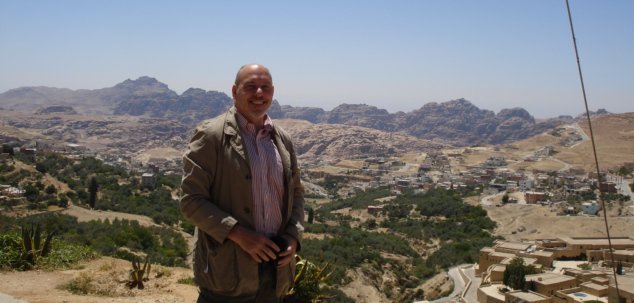
I understand the sources of measurement bias. Very likely those who take the time to talk to me are already more pro-American. Maybe they just want my business/money or they like my smile. But the way I figure it, if all it takes is a couple of dollars and a smile to counter anti-Americanism, the price is not very high.
I don’t trust those polls showing the world dislikes us and I don’t need to ask that question “why do they hate us?” The general question is bogus. I know it is as sweeping generalization to sweep all that off the table, but I have seen the polling data and I don’t think it is getting at the deeper realities. Most people in the world are probably indifferent to the U.S. most of the time. When asked by an opinion researcher whether or not they like the U.S., the recall whatever recent negative news they have seen in the media and answer based on that. It is a true opinion, but it is ephemeral and not deeply held in most cases. An actual encounter with a friendly American tends to tap into an entirely different area of response.
Put the shoe on the other foot. Remember all the gnashing of teeth about France and the whole freedom fries crap? Did you really dislike the French? If a friendly French traveler asked you directions, would you mislead him or be angry with him? In other words, did Americans’ stated preference really amount to a hill of beans? The same often goes for others.
We need to be less concerned with this supposed general opinion and concentrate on the specifics that often DO create troubles.

